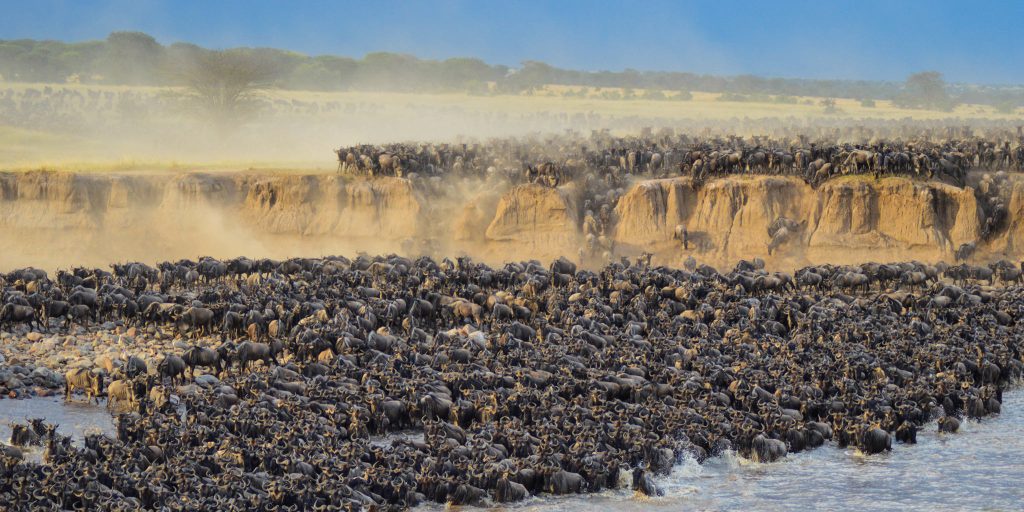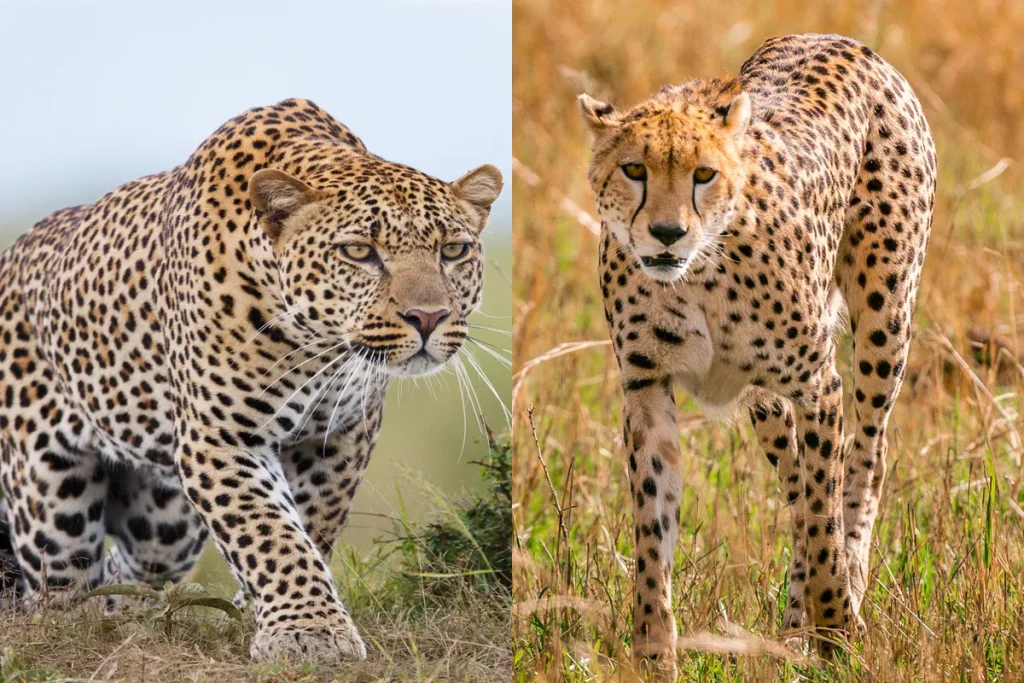What do lions eat: Lion’s diet
What do lions eat: Lion’s diet
Lions, often referred to as the kings of the savannah or wilderness or jungle have a diet that reflects their true status as the pinnacle of predators. These majestic big cats principally hunt large herbivores such as zebras, wildebeests, and buffalo.
However, in cases where they are deficient of the large prey, smaller animals like hares and birds fall victim of their predator action in the wilderness.
Since these big cats have a diet that is solely carnivorous, they greatly rely on their unique hunting skills and combined efforts of their pride to ensure a meal is secured therefore increasing the strength and survival of their group.
You may have seen lions stalking their prey in wildlife documentaries in the African savannah, but what exactly do they eat? Well, buckle up as we go in for an adventure exploring the dietary habits of one of the planet’s most iconic predators stating what is on the menu and what exactly end up on their dinner plate.
Introduction to Lion Diets
Lions’ diets are as compelling as their regal presence and status as the “kings of the jungle” in the African savannah. Unlike the pets you have a home, these primarily carnivorous cats depend entirely on a meal that consists of entirely meat for survival.
Understanding their dietary habits provides valuable insights into their behaviour, social dynamics, and the ecosystems they inhabit. It also provides valuable information to conservation strategy bodies and helps zoos replicate natural feeding conditions for those lions in captivity.

Lion’s teeth and tongue
What Do Lions Eat?
Before we delve into what exactly lions eat, lets broadly take a quick peep on animal diets and how they are categorized
Carnivores: Entirely feed on flesh or meat.
Herbivores: Entirely feed on plants.
Omnivores: These are extremely neutral feeding on both plants and flesh or meat.
Lions specifically mainly hunt medium to large ungulates (hoofed animals), which provide the energy they need.
With that said, lets engage in a deeper understanding of the animals that commonly fall prey to predator actions of the lions in the African savannah
Zebra: With an average weight of 300kgs, they are widely known for their beautiful striking black and white stripes.
Wildebeest: Commonly found in herds known as gnus, they have an average weight ranging from 250-630kgs depending on sex and age. These are the highlights during the great wildebeest migration, an occasion that takes places annually in the wilderness of Tanzania specifically Serengeti National Park and Masai Mara National Reserve in Kenya.
Buffalo: These have an average weight ranging from 300-900kgs depending on age and sex. However strong and aggressive buffaloes are, they are still hunted down by the pinnacle of predators.
Gazelle: Weighing about 12-75kgs, gazelles are smaller and swift making it quite challenging to catch but still get hunted by the mighty lions.
Impala: Just like a gazelle, impalas are very agile (able to move quickly and fast) and very intermediate in size. They weigh about 40-75kgs.
Giraffe: These have extremely unique features with very long necks making them stand out among all animals in the jungle. They basically feed on leaves and shoots making them weigh 800-1200kgs depending on sex and age.
Also, they graze in groups to protect each other, calves and weaker adults get preyed on by lions.
Warthog: Commonly know as wild pigs, warthogs are stout (fat and heavy) and burrow dwelling (living in holes) weighing about 50-150kgs.

A lion feeding
Do lions eat plants.
The rich nutritional values obtained from eating plants may raise a curiosity in one’s mind. Do lions also eat plans?
The simplest answer to this question is no. Lions being solely carnivorous, they get their strength and nutritional values only from flesh or meat.
Opportunistic Hunters
While lions prefer to feast on larger prey, they don’t hesitate to feed on any smaller animal that presents itself like hares and birds making them very big opportunist hunters. Their flexibility and adaptability ensure their survival in various conditions.
How Lions Hunt.
Lions are very sneaky and will strike at any given moment but they also have other ways they easily obtain their meals.
Pride Dynamics:
Lions are unique among the big cats because they live in groups called prides This social structure significantly influences their hunting strategies. Just like we all believe, there is strength in numbers but lions took it a little personal because their teamwork makes hunting extremely easy.
It is important to note that in a pride, every sex has its own role when it comes to getting food.
Role of Lionesses: since lionesses are more active, they do most of the hunting. Using teamwork, they coordinate to surround and take down prey greatly increasing re success rate unlike independent hunters like tigers and leopards.
Male Lions: Male lions are not as much active hunters as lionesses. With their strength, they typically defend the pride’s territory from intruders. However, they may join hunts for larger prey like buffalo or giraffes.

Lioness hunting down a buffalo
Techniques and Tactics
In addition to pride hunting which we have discovered can be very rewarding, there are some other unique technics or strategies which lions employ when hunting down their prey. These technics are described as follows.
Stalking: Approaching prey silently to get as close as possible.
Ambushing: Using cover like grass or bushes for a surprise attack.
Chasing: Running down prey after stalking or ambushing. These chases rarely last more than a minute due to lions’ limited stamina.
Eating Hierarchy and Quantity
Who Eats First?
Once the hunt is successful, lions follow a strict feeding order and this is how it comes into play.
Dominant Males: They eat first in spite of the fact that they do less or no hunting at all and this is to maintain their strength for protecting the pride.
Lionesses: They feed next since they do most of the hunting.
Cubs: These little ones eat last but are cared for by the pride to ensure their growth and survival.

Recommended Safari packages
How Much Do Lions Eat?
How much a lion eats greatly varies depending on what is available and the size of the prey but on average, this is how it goes;
Male Lions: Since they are the protectors of the pride and need to be strong, male lions consume up to 40 kg (88 lbs) of meat in one meal.
Female Lions: These on the other hand eat about 20 kg (44 lbs) at a time to keep them nourished enough for the next hunt.
Lions may go days without eating, compensating with large meals when they succeed in a hunt.
Nutritional Needs
Lions being carnivores, they solely rely on a meat-based diet for essential nutrients which all have different values to add on the lion. These may include the following;
Protein: Builds and repairs muscles.
Fats: Provides energy.
Vitamins and Minerals: Found in the organs, bones, and blood of their prey.

lion resting
Water consumption.
Just like any other animal, lions also need water. However, their consumption varies depending on the amount of food they take. The moisture content from their prey is usually enough, reducing their need to drink water frequently.
However, in drier seasons, they rely on other water sources such as waterholes or rivers when available.
Prey availability changes with the seasons:
Wet Season: Prey animals are healthier and more spread out due to availability of many water sources, making hunts harder.
Dry Season: Prey gathers near water sources, making them easier targets to predator action but due to poor health, they often offer leaner meals.
Unique Cases
Desert Lions: In regions like Namibia, lions adapt by hunting smaller animals or scavenging meals along the coast.
Man-Eaters of Tsavo: Rarely, lions may target humans, usually due to injury, old age, or prey scarcity.
Scavenging Behavior
Lions often scavenge when opportunities arise. Their size and strength gives them an upper hand intimidating other predators like hyenas or leopards to claim a carcass. Scavenging helps clean up ecosystems and prevents the spread of disease.

A lion carrying leftover food
Conservation and Human Interaction
Impact on Prey Loss
Human activities like poaching and habitat destruction reduce prey populations, directly affecting what lions eat. Conservation efforts aim to restore this balance by protecting both lions and their prey.
Role of Tourism
Eco-tourism supports lion conservation by funding anti-poaching efforts and creating awareness. Safaris allow people to appreciate lions in their natural environment, encouraging support for their protection.
Lions play a vital role in their ecosystems as hunters and scavengers. Their dietary habits reveal much about their lives and the environments they inhabit. From large ungulates to occasional scavenging, every meal underscores their role in maintaining nature’s balance.
Conclusion
A deeper understanding of what lions eat gives us more insights into what they would prefer on their diet. We get to know more about their dependence and ecological balances in which they live their daily lives.
Lions embody the ultimate balance of nature right from their unique hunting strategies, the roles they play in hunting down to the hierarchy of feeding. This is an experience every wildlife and predator action enthusiast need to have in the wilderness of Tanzania.
So next time, do not just watch the lion predator action in a documentary on your television, Serengeti Mara Experts has itineraries that take you to Tanzania’s most visited destinations like Serengeti National Park, Ngorongoro Crater, Tarangire National Park among others.
With a visit to these destinations, you have the best chances of experiencing these majestic cats hunt for dinner in the wilderness.
Don’t wait,
book this adventure safari today
Low season
Oct, Nov, Mar, Apr, may
Peak season
Jun, July, Aug, Sept, Dec



